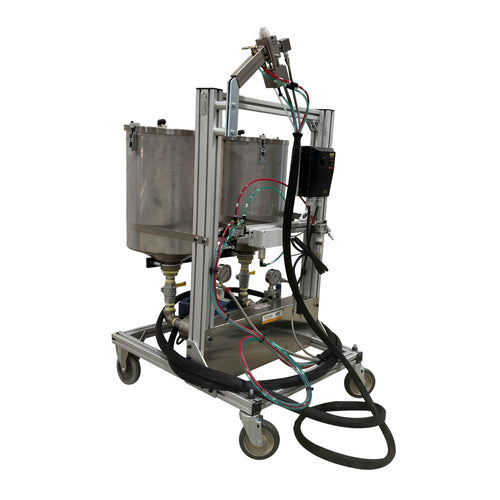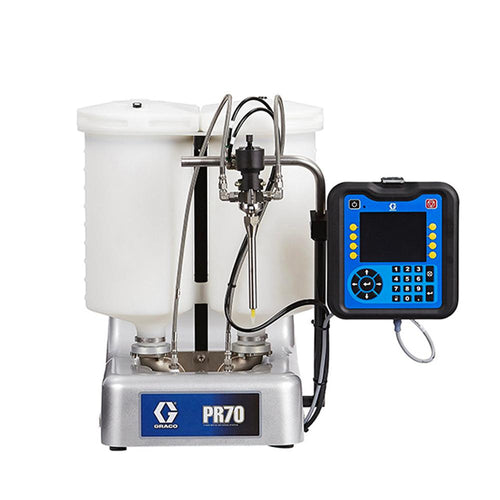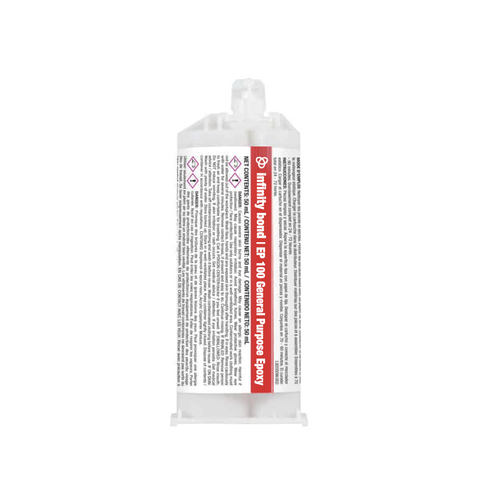Updated: May 22, 2025
Jump to:
- Deterioration of U.S. Bridges
- What Is a Bridge Deck Overlay
- Types of Bridge Deck Overlays
- Applying the Different Types of Overlays
- Choosing the Right Overlay Material
There are over 617,000 bridges in the United States.1 These bridges are critical infrastructure that facilitate the efficient movement of people and goods across the country, but a significant number of these bridges are in less than optimal condition.
The Deterioration of U.S. Bridges
According to one study from 2021, 42% of bridges in the United States are over 50 years old, and more concerningly, 7.5% of bridges are classified as structurally deficient. In particular, 5.5% of bridge deck areas met this structurally deficient mark in 2019.1
This deterioration comes largely from the prolonged effects of deicing salt, but several other environmental conditions can contribute, including exposure to UV light, wear and tear from vehicles, freeze-thaw cycles, water infiltration, and more. Combined, these factors can lead to cracking, spalling, delamination, and corrosion of the reinforcing steel. This widespread damage poses significant safety risks as time passes without substantial repairs or rehabilitation.
State governments strive to reduce the amount of structurally deficient bridges in the nation, but full replacement is a substantial monetary drain and time commitment. Rehabilitation and repairs can be a time- and cost-savings solution that can still improve safety standards and the overall condition of the bridge. This is where bridge deck overlays can come in.
What Is a Bridge Deck Overlay?
A bridge deck overlay (BDO) is a layer or topcoat applied to the surface of a bridge deck to repair, safeguard, or extend the service life of a bridge. They can be made out of epoxy, asphalt, polyester, silica, and other materials. Bridge deck overlays can be a cost-effective solution to restore the integrity of existing bridges and improve their safety when the underlying structure is still intact. These bridges may have an exposed structure or a deteriorated deck from corrosion, delamination, and cracking.
Overlays can also be applied to newly constructed bridges to enhance their durability, prevent future damage, and ultimately, prolong their operational lifespan.
Types of Bridge Deck Overlays
The development of different kinds of bridge deck overlays was driven by the demand for more durable bridges as automobile traffic and load capacities grew. Over the years, different types of bridge deck overlay materials have been used as technology has advanced and the needs of infrastructure have evolved.
Some types of bridge deck overlays include:
-
Asphalt
-
Latex modified concrete (LMC)
-
Epoxy polymer concrete
-
Portland cement concrete
-
Polyester polymer concrete
-
Silica fume (microsilica) concrete
-
Silane sealers
Asphalt Overlays: Asphalt bridge deck overlays were one of the first types of overlays and can be applied with or without a membrane. They were valued for their ease of application and relatively low cost. On the downside, they tend to have a short service life, especially on high-trafficked bridges. By some estimates, asphalt bridge deck overlays may only last 15 years before more restoration is needed.2 Another big downfall of asphalt overlays is their weight. As a result, most people have moved away from them.
Latex Modified Concrete (LMC): Latex modified concrete overlays are another type of bridge deck overlay that combines hydraulic cement and aggregates with organic polymers that are dispersed or redispersed in water. LMC overlays have lower chloride permeability than traditional concrete and are more durable. They have a longer service life than asphalt overlays of 18 or more years.2
Polyester Polymer Concrete: A polyester-based overlay has a polyester binder. These bridge overlays have a short working life and cure time, so traffic can resume quickly after placement. Polyester-based overlays have good resistance to chemicals that can increase the bridge's service life. The installation of a polyester polymer concrete overlay can be more challenging. They should not be applied at temperatures below 50 degrees Fahrenheit, and a primer is necessary.
Epoxy Polymer Concrete: Epoxy-based bridge deck overlays are a type of polymer concrete overlay with an epoxy binder. Other binders for polymer concrete overlays can include polyurethanes, methacrylates, and polyesters. Epoxy overlays have a high compressive strength and bond strength. They also have a high resistance to water, deicing salts, and other chemicals that often lead to bridge degradation. Because of their short work life and curing time, they are easy to install and have a fast turnaround time to resume bridge service. It can also be less expensive than some other durable materials. With all these benefits, epoxy overlays have grown in popularity and become a top choice for many in the industry.
Applying the Different Types of Bridge Deck Overlays

Different types of bridge deck overlay materials require different steps for application. In general, repairs are made first. Loose and contaminated concrete is removed, and patches are done as needed. Next, the surface is prepared for the specific material. This process often includes steps such as scarifying the surface and sandblasting or shotblasting the deck.
Once the prepped surface passes a few tests and is deemed ready to go, the material is dispensed and spread onto the surface. Different materials have different criteria that need to be met before they can be dispensed such as certain temperature or weather conditions. Some materials are also dispensed in layers. It is important to follow the recommendations of the manufacturer for the best results.
Traditionally, two-component types of bridge deck overlays would be mixed in batches with a jiffy mixer and then dumped onto the bridge. The workers would have to act quickly to distribute the material evenly before it cured. Consequently, there was a lot of room for human error and inconsistent results. Now, there is equipment that can do this for you. The AST GMP 500, for example, is designed to efficiently and accurately dispense two-component materials, including epoxy and urethane. It decreases the room for error with ratio monitoring and automatic shut-offs if the ratio is incorrect. The machine also only mixes the material in the static mixer. This setup decreases the amount of wasted product from premature curing while also ensuring proper mixing.
Once applied, the material needs to cure before the bridge can reopen. Because different materials have different cure times, the turnaround time can vary greatly.
Choosing the Right Bridge Deck Overlay Material
There are various bridge deck overlay options, and each has its advantages and limitations. Consequently, some overlays have greater durability and will last longer in specific environments than others. When determining what type of bridge deck overlay to choose, it is important to take the following into consideration:
-
Bridge size
-
Bridge condition
-
Environment
-
Traffic volume
-
Labor costs
-
Equipment costs
-
Traffic control requirements
-
Timeline
Selecting the appropriate bridge deck overlay material and ensuring its proper application can significantly extend the service life of bridges.
Need More Assistance?
If you want to learn more about the types of bridge deck overlay materials or the dispensing equipment used to apply them, contact us. Our team may be able to provide you with some equipment recommendations and insight.
Sources:
1. American Society of Civil Engineers (2021). 2021 Report Card for America's Infrastructure - Bridges
2. New York Department of Transportation (2019). Statewide Conference on Local Bridges: Bridge Deck Overlay Options







